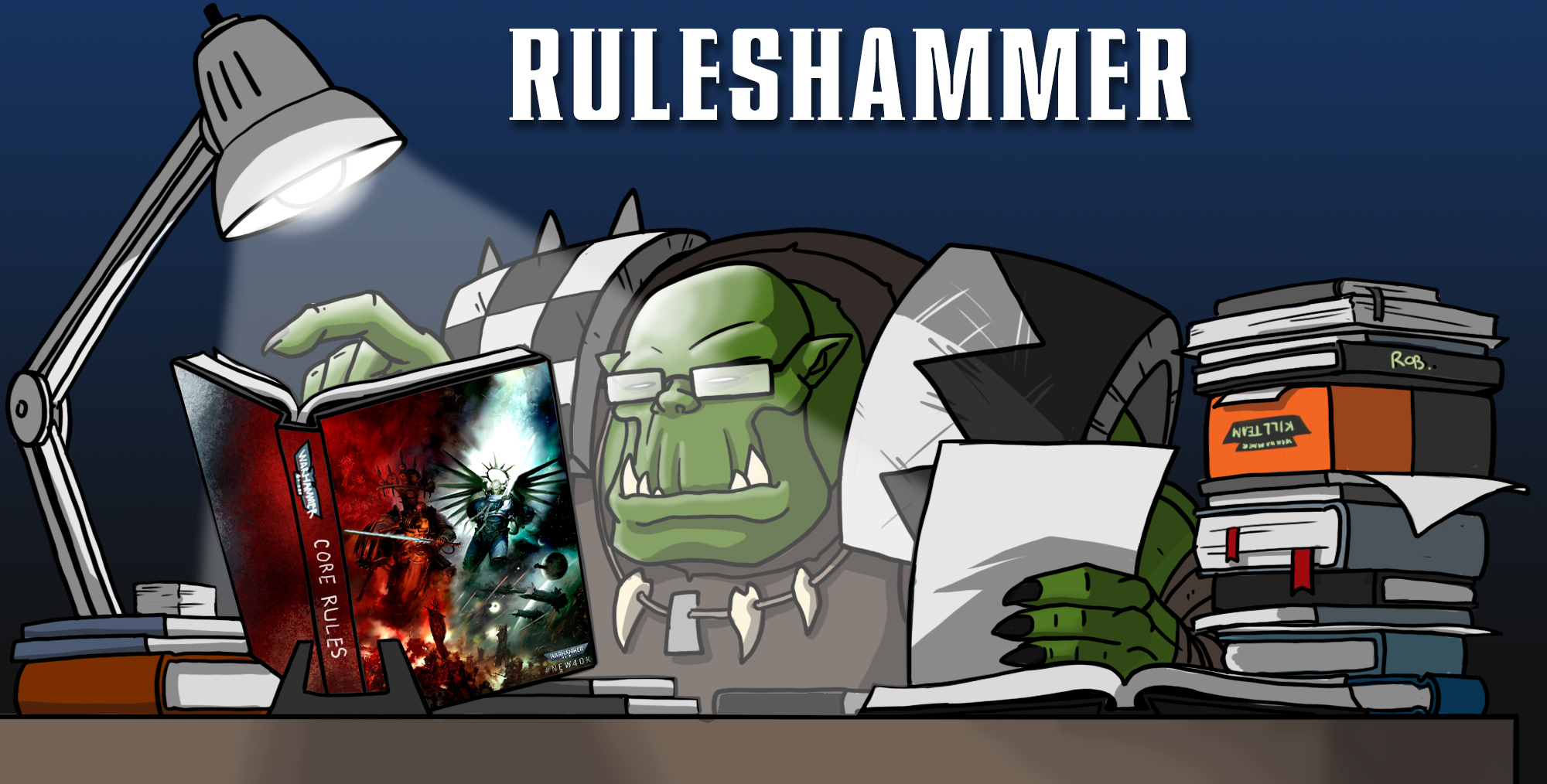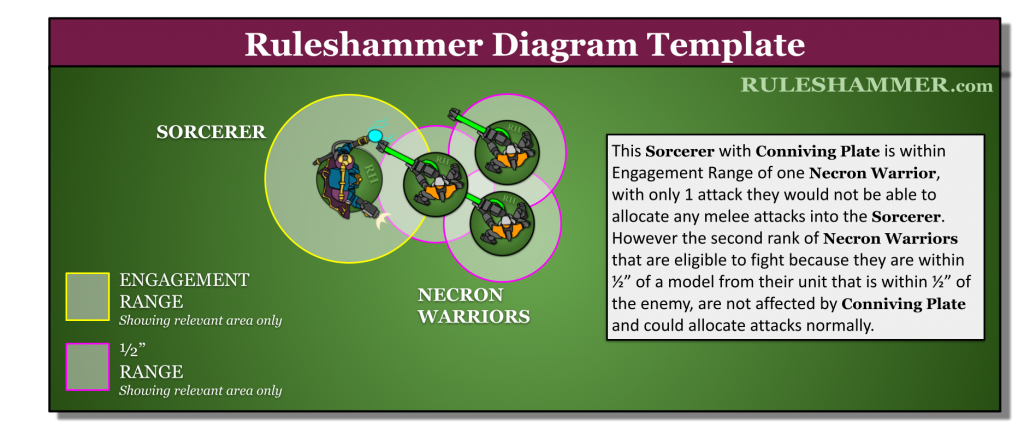Welcome to Ruleshammer, a collection of resources to help explain the detail and complexity of some of the more confusing rules in Warhammer 40k. This week we’re covering some more questions submitted by you, the readers, and our patrons on the Goonhammer Discord.
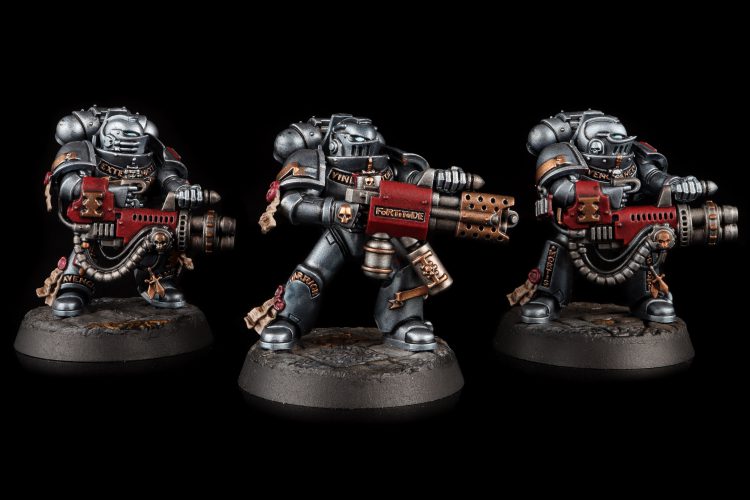
Credit: Pendulin
Grey Knights – How does the new Tide of Shadows work?
In the updated wording for Tide of Shadows, does the 12” away requirement apply to the dense cover/-1 to hit clause? It is worded as a separate sentence.
First lets take a look at the new wording for Tide Of Shadows, now updated to use 9th edition cover terminology.
While this Tide is dominant for your army, each time a ranged attack made by an enemy model more than 12″ away from this unit targets this unit, models in this unit are treated as receiving the benefits of Light Cover. If every model in this unit was already receiving the benefits of Light Cover, models in this unit are also treated as receiving the benefits of Dense Cover.
Frustratingly I can’t claim for certain that it is a requirement for both parts but I think that’s how I would read it. Especially because of how the “if every model in this unit was already receiving the benefits of Light Cover” part very much reads to me to be saying “if the first sentence actually does nothing new then do this extra thing instead”. The use of “also treated” also indicates to me that it’s intended to be a linked effect to the first, with the same restrictions. If the “when this rule applies statements” at the start of this rule only apply to the first sentence, then arguably that would also include the “While this Tide is dominant for your army” clause, causing the second sentence to either apply all the time or never, depending on the mood. As such I am fairly certain that both such statements should apply to the whole rule.
In addition, it is interesting that it says “if every model in this unit”, that has some interesting consequences. Normally you can fast roll against a unit in Light Cover without too many issues as saves will be one at a time anyway. This rule however creates the situation where removing models out of Light Cover first can result in the unit gaining Dense Cover during the resolution of a unit’s attacks. This would force a player to slow roll attacks until the enemy has remove their out of light cover models to then roll the remaining attacks with -1 to hit.
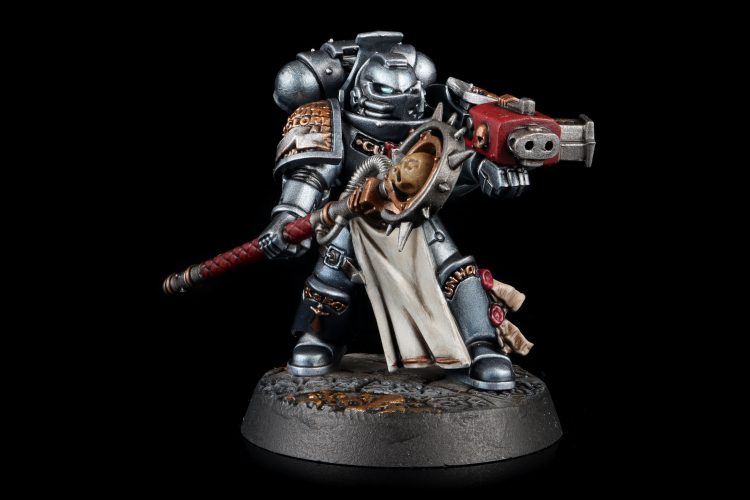
Credit: Pendulin
Grey Knights – Empyric Amplification vs -1 Damage Abilities
How does Empyric Amplification work on damage 1 weapons with Disgustingly Resilient/Duty Eternal etc.? Both take place “when an attack is allocated”
It would be easy to accidentally think that this is another Defensive Abilities FAQ resolved rule, it’s rapidly become one the most used rare rules in 9th which I’ve covered both for Thousand Sons and Admech abilities. However it actually isn’t.
Some rules only apply against attacks that have a specific characteristic. For example, ‘Each time an attack with an Armour Penetration characteristic of -1 is allocated to a model in this unit, that attack has an Armour Penetration characteristic of 0 instead.’ Each time you determine if such a rule is triggered, and so applies, always use the modified characteristics of that attack at the Allocate Attack step of the attack sequence. In the example above, that means that if an attack which originally has an Armour Penetration characteristic of 0, but then is modified by another rule before the Allocate Attack step to be -1, then at the Allocate Attack step it would then trigger the ability and be changed back to 0 instead.
What’s important to note here is that none of these abilities require a certain triggering characteristic, so this FAQ doesn’t actually apply to them in the same way that other interactions have.
Malediction: Empyric Amplification has a warp charge value of 7. If manifested, select one enemy unit within 12″ of and visible to this PSYKER. Until the start of your next Psychic phase, each time an attack made with a Nemesis or psi weapon is allocated to a model in that unit, add 1 to the Damage characteristic of that attack.
Disgustingly Resilient: Each time an attack is allocated to a model in this unit, subtract 1 from the Damage characteristic of that attack (to a minimum of 1).
Duty Eternal: Each time an attack is allocated to this model, subtract 1 from the Damage characteristic of that attack (to a minimum of 1).
Chaff launcher: The bearer gains the SMOKESCREEN keyword. Each time an attack is allocated to the bearer, subtract 1 from the Damage characteristic of that attack (to a minimum of 1).
So we’re left with just a normal set of modifiers to apply, +1 from Empyric and -1 from Disgusting. The order they are applied is set by the modifying characteristics rules.
Many rules modify the characteristics of models and weapons. All modifiers to a characteristic are cumulative; you must apply division modifiers before applying multiplication modifiers, and before applying addition and then subtraction modifiers.
So the damage goes from 1 to 2 for Empyric and then back down to 1 because Disgustingly Resilient (or others). If there was a rule that was triggered on a specific damage value, then that would have used the at allocation step value which in this case would have been 1 (as all the modifiers are not before allocation) but there are not any such rules in this interaction. This is another example of a trend in GW rules that cause all modifier based interactions to have the same result in both players’ turns, rather than depending on the sequencing rules. Such a interactions might arise especially in this case if the units in question were in combat, the most common reason that a unit would be making attacks in their opponents turn.
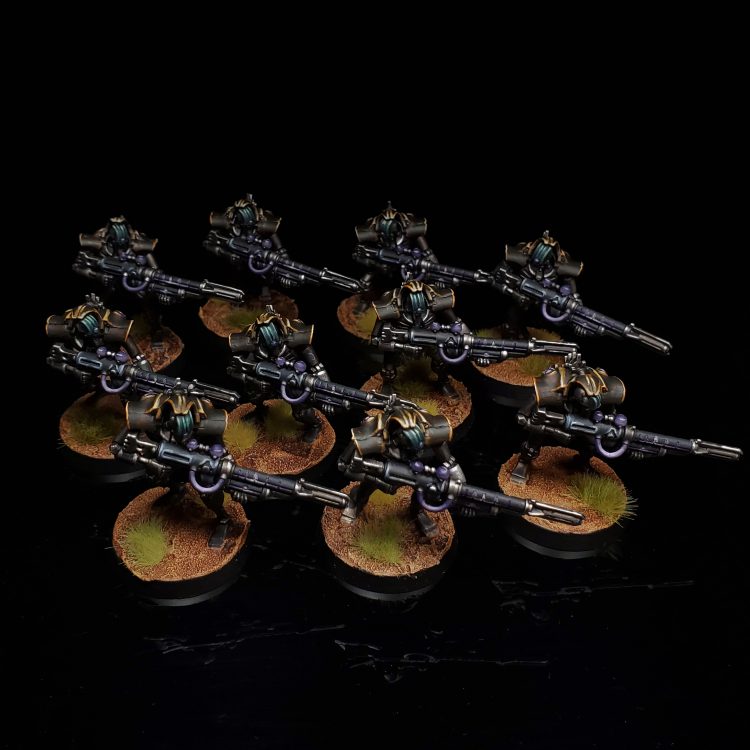
Necrons – Aetheric Interception in turn 1?
Can AETHERIC INTERCEPTION be used on the 1st turn or does the no first turn deepstrike rule say it cannot be used?
Unfortunately you can’t use this Stratagem in Turn 1 if the mission rules preclude it – you need a very specific exception to this rule which it Aetheric Interception does not grant.
In Grand Tournament 2021 missions, Strategic Reserve and Reinforcement units can never arrive on the battlefield in the first battle round. Any Strategic Reserve or Reinforcement unit that has not arrived on the battlefield by the end of the third battle round counts as having been destroyed, as do any units embarked within them (this does not apply to units that are placed into Strategic Reserves after the first battle round has started).
The missions rules are pretty specific that no unit can do it but because 40k is a permissive rule set, a rule that says you can ignore another rule is correct.
Drop Pod Assault: This transport must start the battle set up high in the skies (see Death From Above) but neither it, nor any units embarked within it, are counted towards any limits that the mission you are playing places on the maximum number of Reinforcement units you can have in your army. This transport can be set up in the Reinforcements step of your first, second or third Movement phase, regardless of any mission rules. Any units embarked within this transport must immediately disembark after it has been set up on the battlefield, and they must be set up more than 9″ away from any enemy models. After this transport has been set up on the battlefield, no units can embark within it.
Which is exactly what Drop Pods have, a very specific rule that lets them do this “regardless of any mission rules”.
Use this Stratagem in the Reinforcements step of your opponent’s Movement phase, after an enemy unit has been set up on the battlefield. Select one HYPERSPACE HUNTER unit from your army that is either on the battlefield, in a hyperspace dimension or in Strategic Reserves.
- If that HYPERSPACE HUNTER unit is in a hyperspace dimension or in Strategic Reserves, set it up anywhere on the battlefield that is within 18″ of that enemy unit and more than 9″ away from any enemy models.
And unfortunately Necrons don’t have that clause.

Thousand Sons – More About Conniving Plate!
How does the Thousand Sons’ relic, The Conniving Plate, interact with weapons that allow the bearer to make additional attacks with them?
So conniving plate has caused plenty of confusion that I think has some answers, but also plenty of new questions I would hopefully like to see some resolution for in an FAQ. First of all here’s the new rule we’re discussing:
Conniving Plate
In the Fight Phase, each time an enemy model within Engagement Range of the bearer selects targets for it’s attacks, it can only allocate up to half of it’s close combat attacks against the bearer.
Additional Attacks
For this I’m going to provide an example of how I think the rule should work using a Lord Discordant, a model with a bunch of weird and wonderful extra attacks.
The Lord Discordant on Helstaker is a single model
A Lord Discordant on Helstalker is a single model armed with an autocannon, bolt pistol, impaler chainglaive, mechatendrils, frag grenades and krak grenades. His Helstalker is armed with bladed limbs and tail and a techno-virus injector.
so I think step one is to determine the total total number of attacks after all abilities, including the Hellstalker as these need to be declared at the same time anyway (their wording is after resolving the Disco’s attacks, not after he fights).
After the Lord Discordant makes his close combat attacks, you can attack with his Helstalker. Make a number of additional attacks as shown in the damage chart, using this weapon profile.
Based on that for an appropriately armed Lord Discordant the total attacks would look something like this
Glaive 5
Mechatendrils 2
Bladed Limbs 5
Techno Virus 1
Total 13
And can then only allocate 6 of them, of any of the weapons above to the Conniving plate model. I don’t feel the rule is worded restrictively enough to limit it to half of each weapon, just half the attacks the model is able to make. Notice I said 6 though, not 7.
Models with 1 Attack – Rounding doesn’t work!?!?
Because it doesn’t actually modify the attacks stat of any models or any weapons, the rounding rules would appear to not apply.
Many rules modify the characteristics of models and weapons. All modifiers to a characteristic are cumulative; you must apply division modifiers before applying multiplication modifiers, and before applying addition and then subtraction modifiers. Round any fractions up after applying all modifiers.
As no modification occurs, no fractions exist. You simply can’t allocate more than half of a models attacks, and 1 is more than half of 1. So that limits 1-attack models to a max of 0 attacks allowed to be allocated into the model bearing the Conniving Plate.
TheChirurgeon: Two things to note here:
1. The number of 1-attack models that can actually threaten a Daemon Prince or Sorcerer to begin with is pretty small to begin with.
2. The Conniving Plate affects models, not units, so even if you are in combat with a bunch of 1-attack models, they can distance themselves to still get the majority of their attacks against you. This is an effect that seems really powerful against 1-attack models, but is not as broken as it appears, especially when we read on below and remind ourselves that Engagement Range is not Fighting Range.
Engagement Range vs Fighting Range
Finally one extra note worth mentioning is that the ability is written to only affect models within Engagement Range.
Engagement Range: While a model is within 1″ horizontally and 5″ vertically of an enemy model, those models are within Engagement Range of each other. While two enemy models are within Engagement Range of each other, those models’ units are also within Engagement Range of each other. Models cannot be set up within Engagement Range of enemy models.
First of all I’ve seen some players already try to claim there’s no issue here because the units are within Engagement Range of each other, if any two models from each unit are within Engagement Range of each other. That has no bearing on this interaction at all, that’s just there for other rules such when shooting to establish what a “unit within Engagement range” is for which units are allowed to shoot. Conniving plate specifically affects models within Engagement range, which means it doesn’t affect models that are able to fight for being within 1/2″ of a friendly model within 1/2″.
Have any questions or feedback? Got a rules question you want answered? Drop us a note in the comments below, ask a question in our Ruleshammer form, or head over to r/ruleshammer to discuss.
